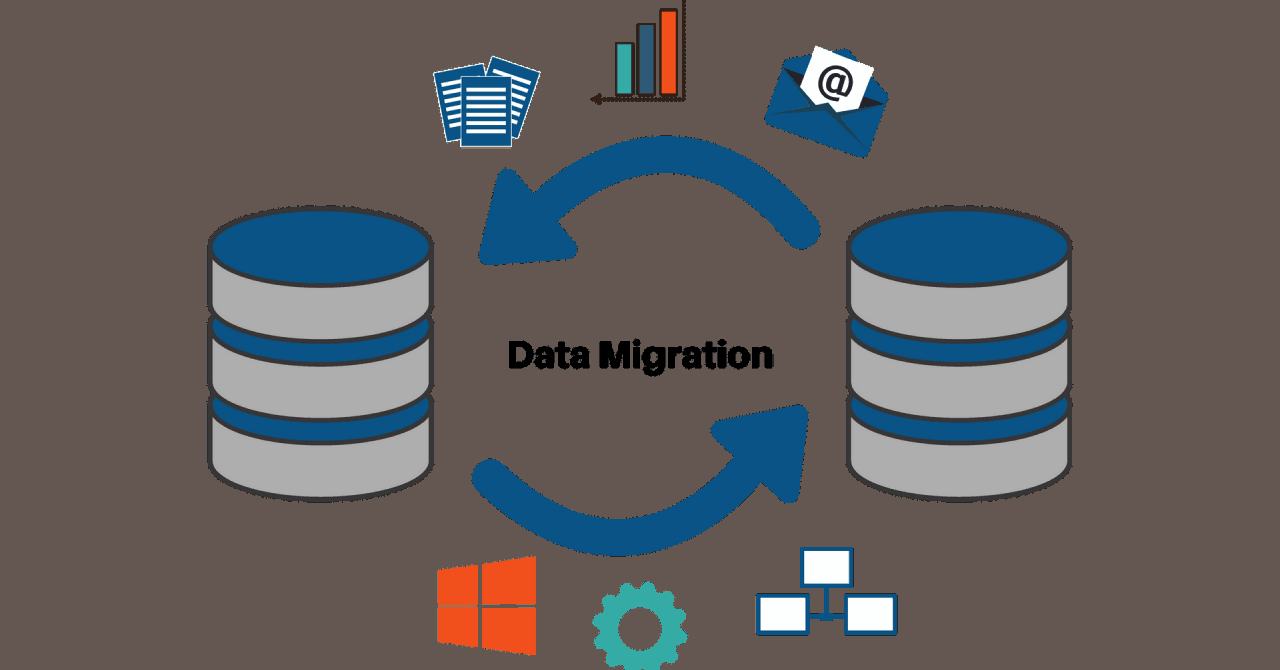Businesses are continuously looking for efficient ways to move their data to new platforms in the digital age. Workday responds to this need by providing a ground-breaking set of tools for managing HR, finance, and other areas. As businesses embrace the transformative power of Workday, mastering the art of data migration has become a cornerstone for successful implementation.
Let’s explore data migration techniques in workday consultancy to skillfully move data, ensuring that the heart of your business seamlessly transitions into this new digital environment.
What is Data Migration?
Irrespective of whether you are getting Workday consulting services for HR, finance, or operations, data migration is the most crucial step. It is because you must first extract, consolidate, clean, de-duplicate, and transform the data before loading it on Workday. It is a process that is repeated and executed within a set timeframe.
The process doesn’t end here. Once the data is migrated, it must be reconciled with the legacy source data even after loading it on Workday. And if there are any issues with data migration, it can delay the entire workday implementation process.
Data Migration Strategies
One thing that every business owner, company, or organization should follow is to prepare a checklist or strategy before implementing or transforming any new system. It will help them overcome the known challenges, thus saving time and effort. Here are some data migration strategies that you can implement at your workplace for a smooth transition:
-
Assessing the Situation
Assessment of the current situation is often the first step in any transformation or migration. There are benefits to assessing your situation. First of all, you will get to know the status of your current data, what you expect from your data, and how you want your data to look.
Secondly, it helps the organization to understand the importance of data and come to terms with data governance and management. An essential benefit of assessing the situation is that organizations recognize and address the issues that programs will encounter when the assessment is completed.
-
Capturing Detailed Requirements
Hosting and attending meetings is one part; the second is documenting whatever happened in it. Proper documentation can be the reason for the project’s success; incomplete one can break the project. When proper documentation is missing, it leads to increased ad-hoc meetings to clear the concepts again.
Therefore, when looking for data migration in Workday, it will be a good idea to document each detail to Workday mapping specifications. Also, document the system retirement, data archival plan, and historic data reporting needs.
-
Developing a Communication Plan
Any plan or transformation will only be completed if a robust communication process is in place. When planning ServiceNow solutions such as data migration, ensure your team is well-versed with the requirements. It would help if you focused on organizing data quality-related meetings, defining process communication, and escalation process. Defining and noting everything with proper expectations and team members’ roles is always a good idea.
-
Developing Quality, Validation, and Transformation Processes
When you have the initial data migration requirements in place, it is time to design processes that will help you with transformation. You will need processes that will clean your data, analyze the data, and validate and convert the data. While you focus on creating different teams or processes, ensure you also create a centralized team to monitor everything.
-
Executing the Transformation
After determining the data quality, you can start with the transformation process. The transformation includes checking whether the communication plan is in place and data is captured according to plan. It also checks for any approvals that are required for loading data on Workday. And in the end, it runs the converted data on Workday.
Bottom Line
The key to successful data migration in the Workday is careful planning, smart execution, and steadfast commitment to maintaining the accuracy of your organization’s data. Data is more than simply ones and zeros; it is the basis for all your decisions, activities, and creative ideas. By implementing these techniques, you’re guaranteeing the smooth transfer of data and laying the groundwork for a future in which your business succeeds in the digital era.
